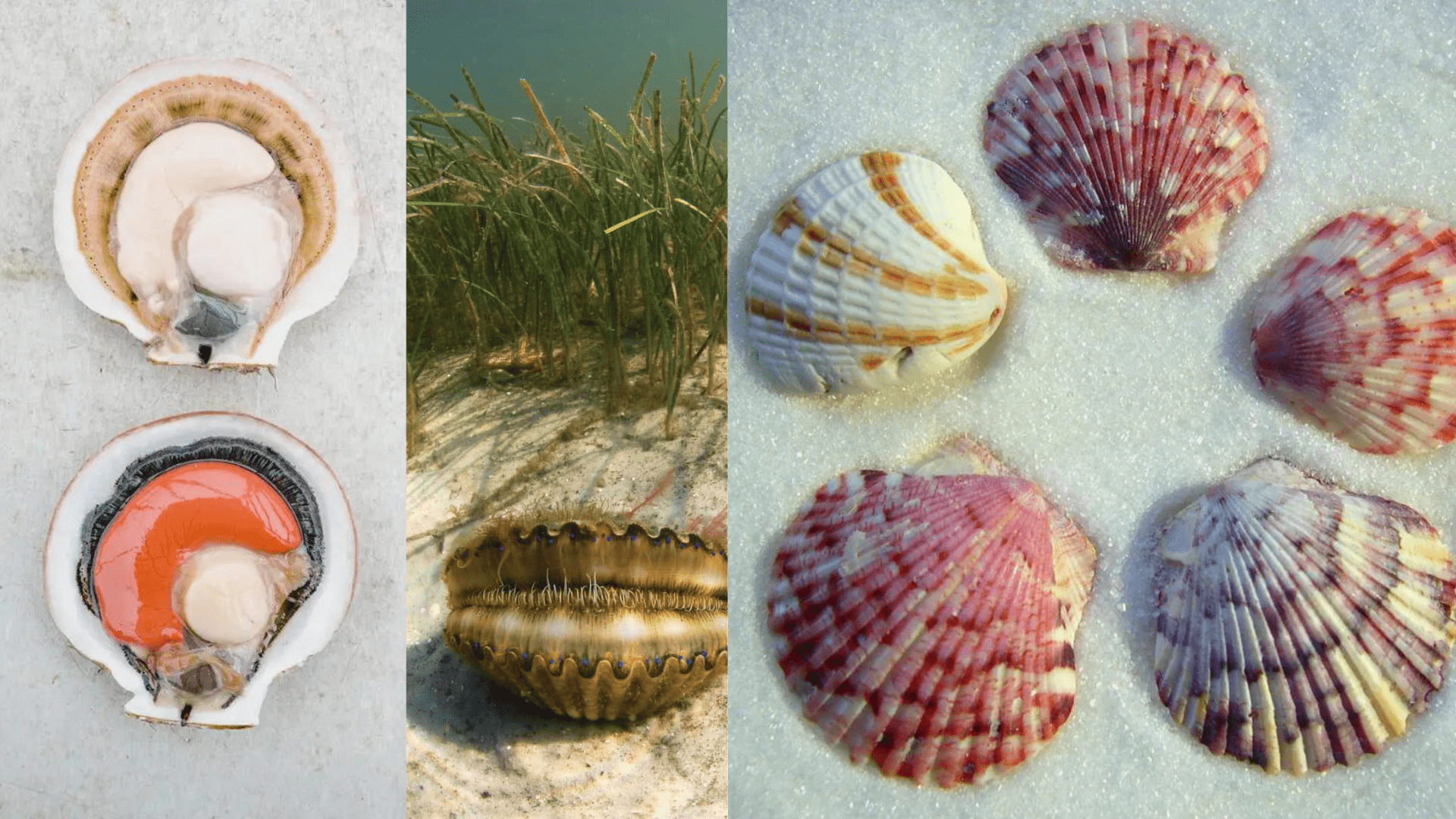Scallops are a type of shellfish belonging to the mollusk family, known for their distinctive fan-shaped shells. They inhabit oceans worldwide and are prized for their delicate, sweet flavor and tender texture. Scallops are versatile in culinary applications, capable of being cooked in various methods to create delicious dishes. They’re not only appreciated for their taste but also form a significant part of the seafood industry, with the Atlantic sea scallop fishery being one of the largest revenue producers in the Greater Atlantic Region.
The Biology of Scallops
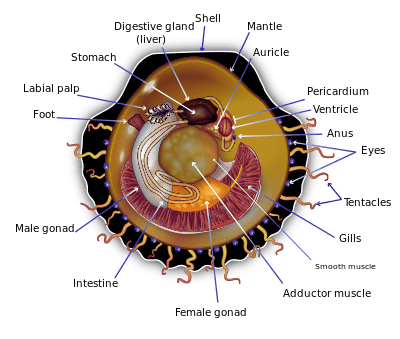
The biology of scallops encompasses their unique physiological and ecological characteristics. Scallops are bivalve mollusks known for their distinct, fan-shaped shells. They are filter feeders, consuming plankton from the water. A remarkable feature of scallops is their ability to “swim” by clapping their shells together, propelling themselves through the water. This mobility is uncommon among bivalves and aids them in predator avoidance. Scallops possess eyes along the edge of their mantle, allowing them to detect changes in light and motion, further assisting in their defense mechanisms. Their lifecycle includes a free-swimming larval stage, after which they settle and grow on the ocean floor or other substrates. Research on scallops, such as the work conducted by NOAA Fisheries, focuses on understanding their biology, behavior, and population health to support sustainable fisheries and aquaculture practices.
Habitat
Scallops are marine bivalve mollusks that can be found in a range of habitats from shallow tidal areas to the deep sea. Their preferred habitats include seagrass beds, sandy, and muddy bottoms where they can attach themselves or nestle into the substrate. Scallops have a global distribution, inhabiting the waters of coastal regions around the world. They are particularly prevalent in areas with clean, oxygen-rich water, which is essential for their filter-feeding lifestyle. The habitat varies by species, with some, like the bay scallop, favoring shallow, coastal waters, while others may be found at depths exceeding 100 meters.
Diet and Behavior
Scallops engage in a unique feeding and behavioral pattern primarily characterized by their filter-feeding mechanism and escape responses. They consume small organisms, such as krill, algae, and various larvae, by filtering them from the water. This process involves water entering the scallop’s body, where mucus traps the food particles for ingestion. Their diet can influence their physiological performance, notably seen in the impact of different diets on their escape response capabilities. For instance, the initial escape performance of Argopecten purpuratus was more significantly reduced by a diet of C. calcitrans compared to a T. iso diet, highlighting the importance of diet on their energy and performance during stress responses. Additionally, scallops exhibit a decrease in food consumption when exposed to certain toxins, indicating a sensitive dietary regulation mechanism that can impact survival. Their diet also has implications for aquaculture, with studies showing that dietary inclusions such as scallops and squid hydrolysates can improve feed attractability and growth in juvenile stages.
Types of Scallops
Sea Scallops
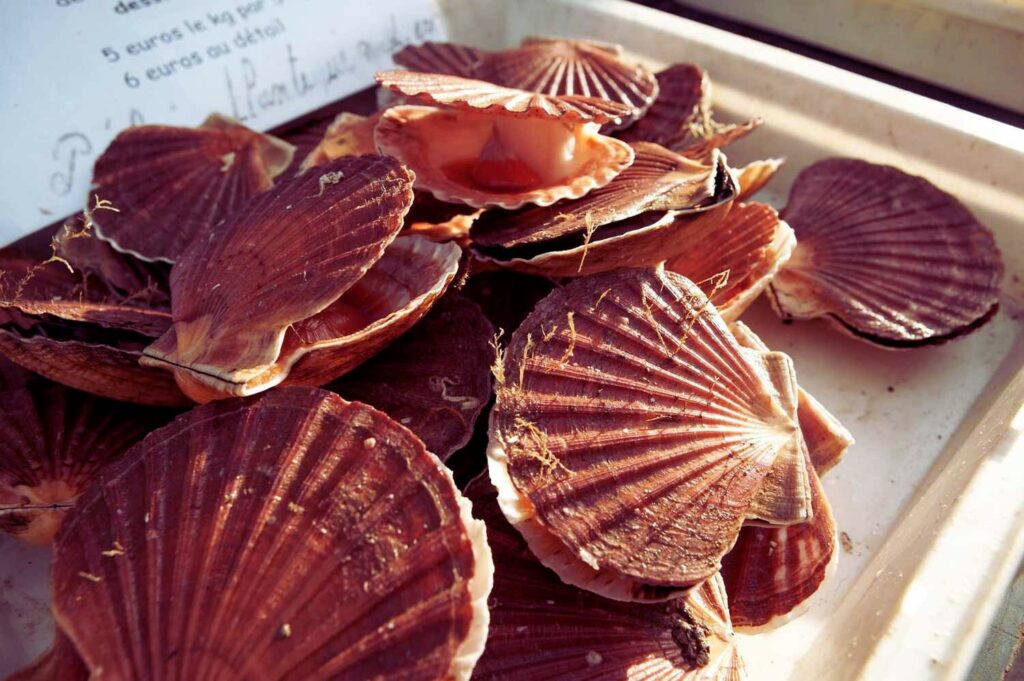
Sea scallops are a notable species within the vast oceans, recognized for their significant size and widespread habitat. They predominantly inhabit the bottom of the ocean, living close together on the ocean floor, often found in waters off Maine and Canada in the Atlantic region. Globally, scallops are distributed across all oceans, with the highest species diversity in the Indo-Pacific region. However, sea scallops, in particular, demonstrate a strong presence in the Atlantic, marking their territory extensively across the continental shelf. Studies suggest that while many sea scallops live in solitude or low concentrations, their population can be quite substantial, with billions inhabiting areas like Georges Bank annually. The depth range for these scallops varies, typically found between 10 and 110 meters, and their distribution is patchy, reflecting the diverse environments they occupy. Most commercially significant scallop species reside in inshore waters of the continental shelves, spanning a variety of depths from shallow waters to the deep sea.
Bay Scallops
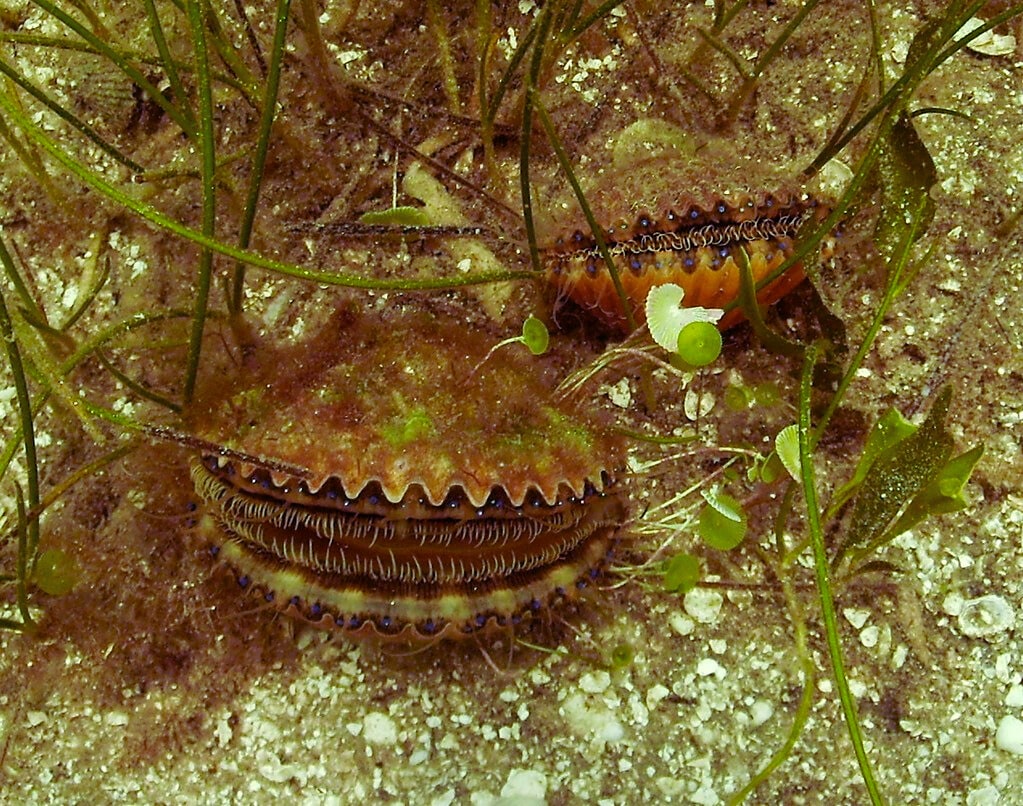
Bay scallops are smaller than sea scallops and are caught in the cold, shallow waters of East Coast estuaries and bays. They have a sweet and tender flesh, which gives them a melt-in-your-mouth quality, making them particularly popular in seafood dishes. Due to their size, bay scallops are often described as bite-sized, akin to popcorn, and are favored for their delicately sweet taste. They are well-suited for pastas or soups due to their fattier and considerably softer flesh. However, bay scallops are not as reliably sourced as sea scallops, which can affect their availability.
Calico Scallops
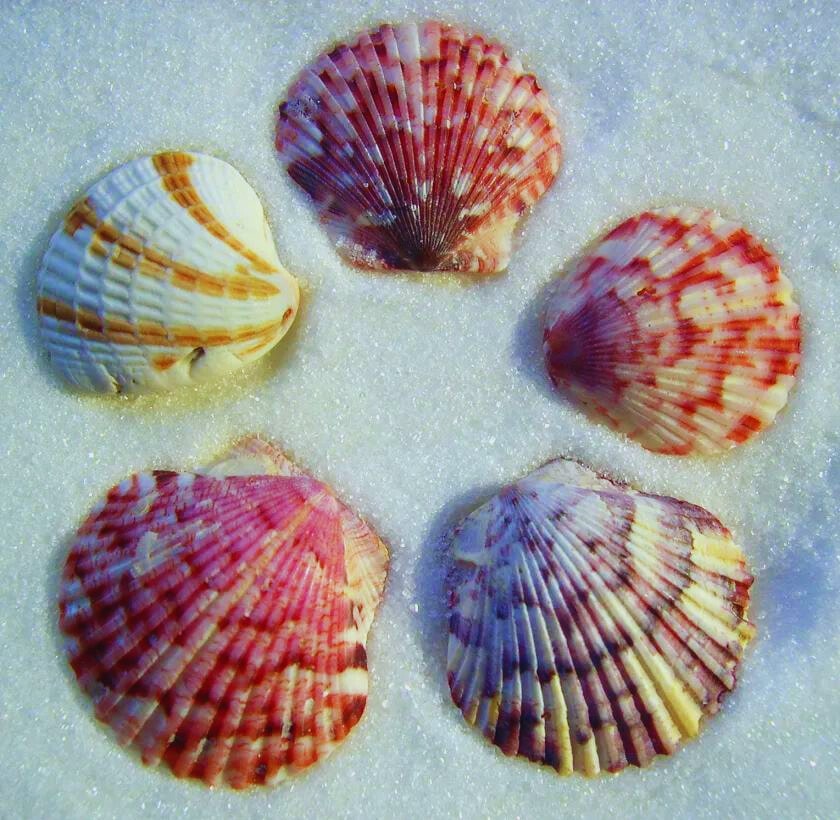
Calico scallops (Argopecten gibbus) are a species of medium-sized edible marine bivalve in the family Pectinidae, closely related to bay scallops. They are known for their sweet, nutty flavor and lean, firm texture. Anatomically similar to bay scallops, calico scallops filter food particles by pumping water across their gills. They are predominantly harvested in the southeastern U.S., especially off the coast of Florida. Calico scallops are slightly darker in meat color compared to bay scallops and are harvested in vast quantities, making them less expensive. Because of their abundance, they are often not shucked on-site like other scallop varieties.
Culinary Uses
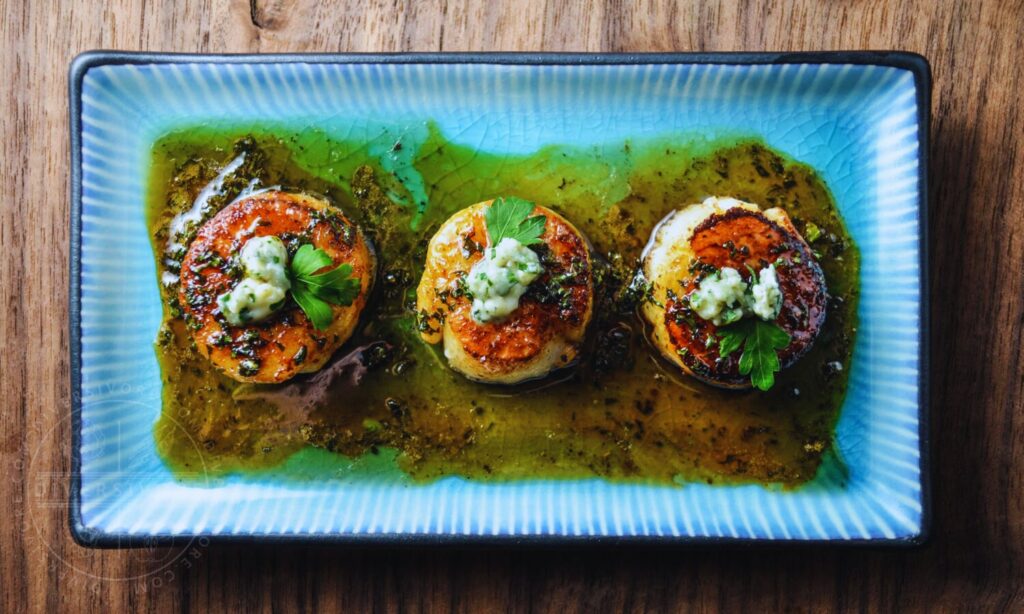
Scallops are a versatile and gourmet seafood option that can be prepared in various delicious ways. They can be served in restaurant-worthy dinners at home, featuring in simple to sophisticated recipes. Among the popular preparations are searing, which highlights their natural sweetness and delicate texture, and pairing them with flavors like lemon, garlic, and butter for a rich and aromatic dish. Additionally, scallops can be enjoyed in cream sauces, offering a luxurious dining experience. With a range of recipes available, from lemon garlic butter scallops to those with cream sauce, there’s a scallop dish to suit every taste and occasion, demonstrating their broad culinary uses and appeal.
Preparing Scallops
To prepare scallops perfectly, follow these steps:
- Clean and Prep: Rinse scallops with cool water and remove the side muscle, an oblong flap of tissue. This muscle can be tough and should be peeled off before cooking.
- Dry the Scallops: Use a clean towel or paper towel to pat the scallops dry. This is crucial for achieving a good sear.
- Searing: Heat a pan over medium-high heat. Once hot, add oil or butter. Place scallops in the pan, ensuring they are not overcrowded. Sear for about 2 minutes on one side without moving them, then flip and sear for another 1-2 minutes until both sides are golden-brown and the scallops have a slightly firm texture with a bit of give.
Remember, scallops cook quickly and overcooking can lead to a rubbery texture, so timing is key. Enjoy your perfectly prepared scallops with your favorite sides or salads.
Popular Scallop Dishes
Scallops offer a versatile flavor profile that pairs well with various ingredients, creating dishes ranging from simple to sophisticated. Here are some popular scallop dishes that stand out for their taste and presentation:
- Garlicky Buttery Scallops: A simple yet decadent way to enjoy scallops with the rich flavors of garlic and butter enhancing the seafood’s natural sweetness.
- Sea Scallops With Brown Butter, Capers, and Lemon: This dish elevates scallops with the nutty flavor of brown butter, the briny kick of capers, and a fresh squeeze of lemon for acidity.
- Easy Garlic-Lemon Scallops: Quick and easy, this recipe highlights scallops with a vibrant garlic-lemon sauce, perfect for a light and refreshing meal.
- Lemon Garlic Butter Scallops: Scallops are seared to perfection and served with a rich sauce made from lemon, garlic, and butter, offering a balance of flavors that bring out the best in the seafood.
- Buttery Baked Scallops: A comforting dish where scallops are baked in a savory butter, lemon, and Parmesan sauce, showcasing a different cooking method that results in tender, flavorful seafood.
- Scallop Rice Bowls With Crunchy Spice Oil: A contemporary take that pairs scallops with rice and spicy oil for a texture and flavor contrast, making for a satisfying and complete meal.
These dishes demonstrate the scallop’s culinary flexibility, capable of starring in both straightforward and complex recipes.
Nutritional Value
Scallops are a highly nutritious seafood option with a rich profile of proteins, vitamins, and minerals. Here’s a summary of their nutritional value based on a 3 to 4-ounce serving (approximately 85 to 113 grams):
- Calories: Range from 94 to 137 calories, making them a low-calorie option suitable for weight management.
- Protein: High in protein, scallops provide about 17 to 24 grams per serving, important for muscle repair and growth.
- Fat: Low in fat, with typically around 1 gram per serving, including a source of omega-3 fatty acids.
- Carbohydrates: Scallops contain about 6.33 grams of carbs, making them a low-carb food choice.
- Vitamins and Minerals: They are a good source of Vitamin B12 and provide minerals such as calcium and magnesium, crucial for bone health and energy metabolism.
In summary, scallops are a nutritious choice offering significant amounts of protein and essential nutrients while being low in calories and fats, making them a great addition to a balanced diet.
Scallops and Sustainability
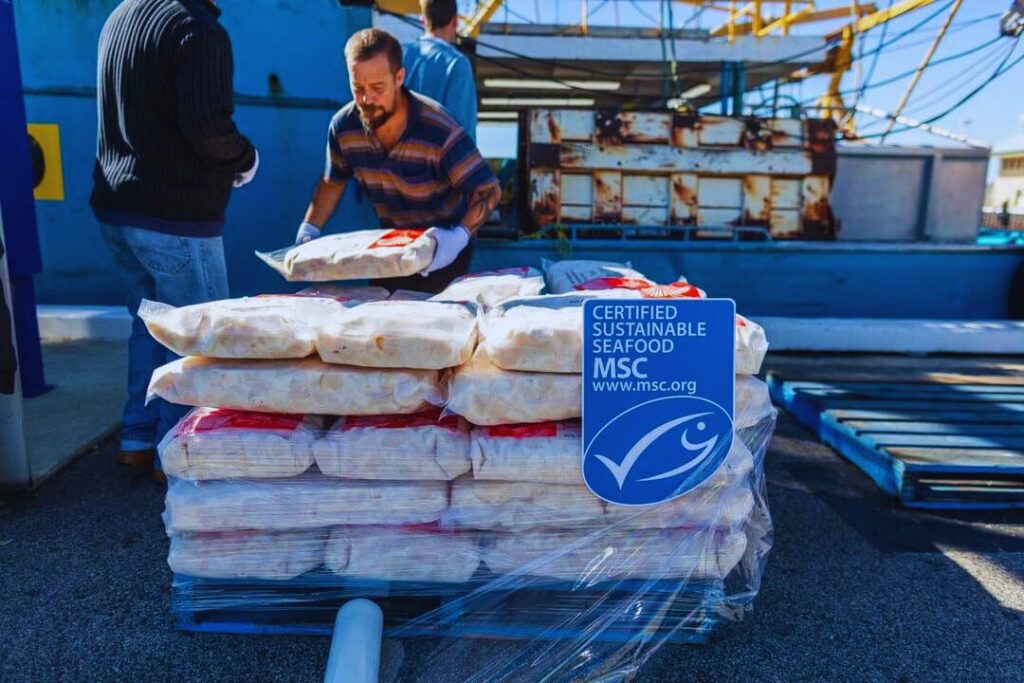
The U.S. wild-caught Atlantic sea scallop is recognized as a smart seafood choice due to its sustainable management and responsible harvesting practices under U.S. regulations. To ensure the continued sustainability of scallop populations, Framework Adjustment 38 proposes setting 2025 Days at Sea (DAS) allocations at 75% of the fishing year 2024 allocations. This measure is precautionary, aimed at avoiding over-harvesting and ensuring the long-term health of scallop stocks. Further efforts include proposed specifications for the fishing year 2024 and default specifications for 2025, along with an increase in the Vessel Monitoring System (VMS) reporting rate seaward of the demarcation to enhance management and oversight. These steps are part of broader initiatives to ensure the sustainability of the scallop fishery, balancing economic interests with ecological responsibility.
Environmental Impact
The environmental impact of scallop farming and harvesting varies. Live scallop farming can lead to habitat destruction, potentially causing ecological imbalance by displacing other marine life. However, scallop farming is generally considered sustainable, with the primary concern being the risk of spawning-related escapes. Most farmed scallops are genetically identical to wild populations, which mitigates some risks. Large-scale aquafarms, though, can cause pollution, impact wild populations negatively, and add pressure on ecosystems. Environmental challenges such as storms, disease outbreaks, and pollution can make scallop farming difficult, necessitating careful management. Cultivating filter feeders like scallops may result in a net loss of energy from the ecosystem due to the consumption of phytoplankton. Additionally, harvesting sea scallops by dredging can damage ocean floors and result in bycatch, affecting non-target species.
Sustainable Practices
Scallop farming, when practiced responsibly, is considered sustainable. Key sustainable practices include:
- Off-Bottom Culture Methods: Scallops farmed using off-bottom culture methods worldwide are highly recommended for their sustainability.
- Best Practices for Recreational Scalloping: This includes releasing small scallops to ensure they can reproduce and keeping only what you need, to avoid overharvesting.
- Careful Site Selection: The sustainability of scallop farming is also determined by careful site selection, considering factors like water depth, salinity, temperature, and exposure to natural elements.
- Bottom Culture Methods: Similar to off-bottom culture, bottom culture methods are also considered a sustainable choice, albeit with a noted risk of spawning-related escapes.
- Basic Farming Needs: Ensuring the correct temperature, salinity, and feed availability is crucial for the sustainable farming of scallops.
- Sustainable Harvesting: Scallops can be harvested in a manner that does not damage the bottom habitat, marking one of the most sustainable forms of aquaculture.
How to Choose and Store Scallops
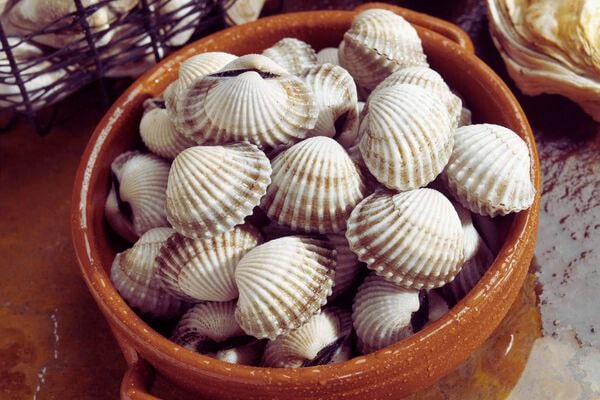
When selecting scallops, ensure they are moist, have a sweet ocean smell, and show no signs of discoloration. Avoid scallops with ice crystals or signs of oxygen exposure.
For storage, refrigerate scallops immediately after purchase. They should ideally be consumed or cooked within one day. Live scallops can be kept fresh longer by storing them on ice in a cooler or refrigerator, ensuring the ice does not melt. Alternatively, place them in an airtight container in the coldest part of your refrigerator, preferably in a bowl of ice.
Conclusion
Scallops are more than just a delicious ingredient; they’re a fascinating species that play a significant role in our oceans’ ecosystems and our culinary traditions. Whether you’re a seasoned chef or a curious foodie, exploring the world of scallops offers a unique opportunity to savor the treasures of the sea while pondering the marvels of nature.
Read also: What Are Barnacles?
FAQs
Q. How can I tell if scallops are fresh?
Fresh scallops should have a moist appearance, a firm texture, and a mild scent reminiscent of the sea. Any discoloration or strong fishy odor is a red flag.
Q. Can scallops be eaten raw?
Yes, scallops can be enjoyed raw, especially if they are fresh and of high quality. Scallop ceviche or sashimi are popular dishes that feature raw scallops.
Q. What’s the best way to cook scallops?
Searing scallops in a hot pan with a bit of oil or butter for a couple of minutes on each side is a popular and delicious method. The key is not to overcook them.
Q. Are scallops good for you?
Absolutely! Scallops are low in calories and fat but high in protein and essential nutrients like omega-3 fatty acids, making them a healthy addition to your diet.
Q. Why are some scallops so much larger than others?
The size difference is primarily due to the species of scallop and their age. Sea scallops are generally larger than bay or calico scallops and are often found in deeper waters.
